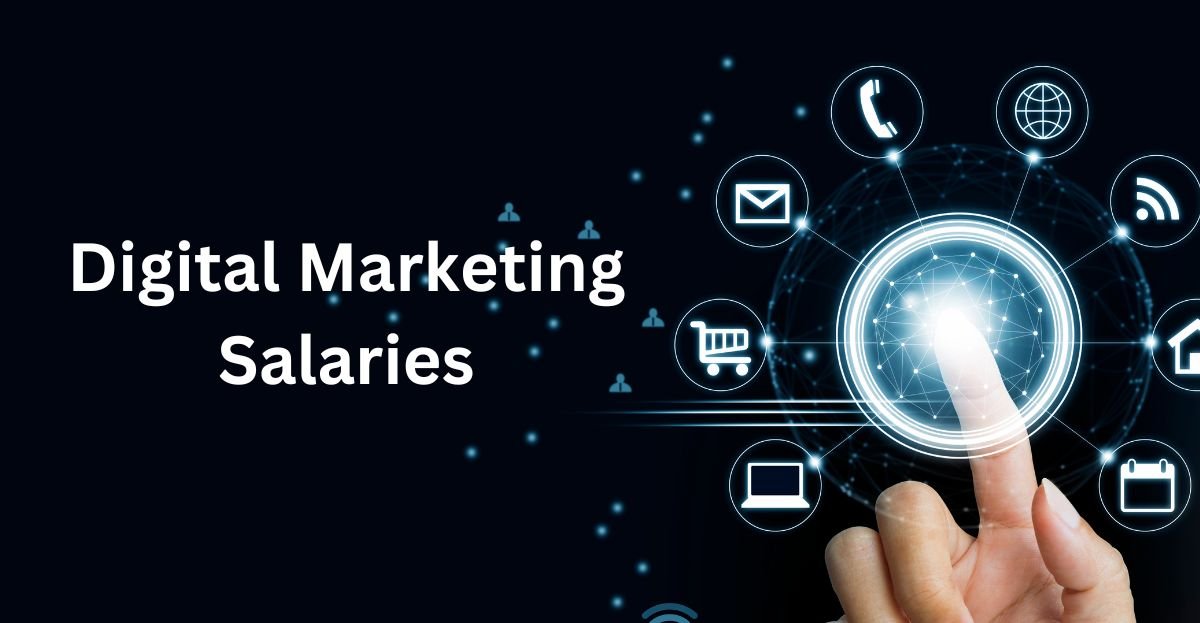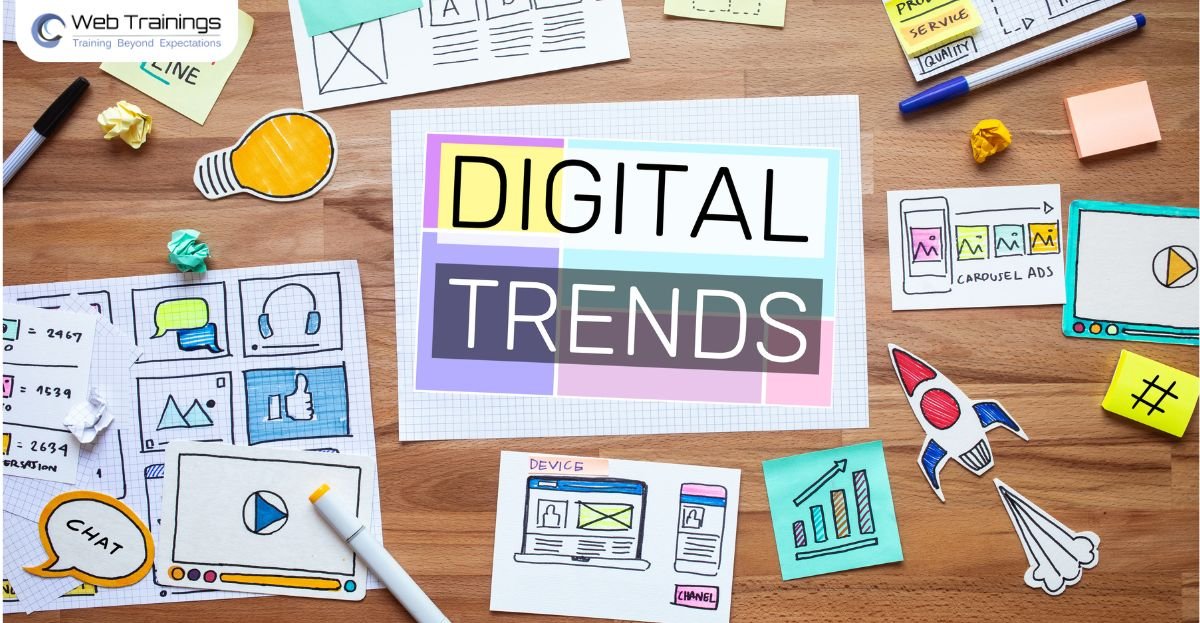When it comes to adapting to the new and ever-evolving digital world, businesses are turning towards new and innovative technologies such as ChatGpt. ChatGpt is an artificial intelligence-powered chatbot capable of making automated customer support more efficient. With its advanced AI capabilities, this chatbot allows customers to communicate and get their inquiries answered in a fraction of the time as compared to traditional customer support. But before investing in this technology, it is important to consider the advantages and disadvantages of ChatGpt.
In this blog, we will explore these 15 benefits and 15 drawbacks of ChatGPT in detail
Here are the potential benefits of the ChatGpt :
1. Follow up questions and prompts:
ChatGPT can answer follow up questions and prompts, giving you more information and understanding when you need it.
2. Mistake admission:
Even when something goes wrong, ChatGPT can recognize it, admit to its mistakes and help you get to the right answer easily.
3. Premise confirmation:
ChatGPT is designed to challenge incorrect premises and reduce the chances of misinterpreting conversations and responses.
4. Reject inappropriate requests:
You don’t have to worry about unfitting requests or responses with ChatGPT – it’s designed to filter out inappropriate language and requests.
5. User-friendly:
ChatGPT is designed to be as user-friendly as possible. It speaks the language of natural dialogue and has an intuitive interface.
6. Free usage during the research preview:
Take advantage of an exclusive free usage period while ChatGPT is in its research preview stage. Try it now at chat.openai.com.
7. Comprehensive understanding and applications of natural language:
ChatGPT understands the context of conversations and provides fluid and accurate responses. With its smart recognition of the nuances of language, ChatGPT can help you create customer conversations that are tailored to the user’s needs.
8. Proactive customer engagement:
With ChatGPT, customer conversations can be preemptively answered without waiting for the user to ask their question. Its real-time performance increases customer satisfaction, providing a better conversation experience.
9. Automated customer service:
With ChatGPT, customer service can be automated by allowing the AI assistant to handle inquiries, provide customer support and respond to customers without needing human intervention. By leveraging GPT-3, ChatGPT can understand the context of your conversations, making them more efficient and saving your business from spending time and resources on unnecessary conversations.
10. Multilingual ability:
ChatGPT provides a language-agnostic solution for conversational AI. It can detect the language for dialogue in 73 different languages and can provide intelligent answers in the language of the user.
11. Adaptive learning:
The AI assistant learns from conversations and improves its answers over time. ChatGPT can become smarter with more data from multiple users and provide improved responses more accurately.
12. Reinforcement Learning from Human Feedback (RLHF):
The ChatGPT model is trained using Reinforcement Learning from Human Feedback (RLHF) which allows for a more accurate and efficient customer service experience. It also does not require manual annotation or curation of data, making it fast and easy to use.
13. Improved customer experience:
With ChatGPT, customer conversations can be completed quickly and accurately. The AI assistant is able to provide solutions even faster than a human customer service agent, resulting in an improved customer experience. ChatGPT can help strengthen a user’s experience by responding quickly and correctly. This reduces wait times and makes it easier to provide accurate responses.
14. Improved Safety:
Using reinforcement learning from human feedback (RLHF) makes our AI models more reliable and secure. Prompts submitted to the API are labeled and ranked by our human annotators, to ensure no personal data is included.
15. Aligned with Desired Behavior:
Rather than relying on predefined outputs, ChatGPT is fine-tuned with the desired response you input. This allows for a more natural and conversational experience.
The list of disadvantages of using ChatGpt.
1. Generating Toxic or Biased Outputs and Incorrect Or Nonsensical Answers:
One of the most common ways for ChatGPT to fail is by generating outputs that are offensive, biased or inaccurate. In fact, this is one of the most tedious tasks for a ChatGPT user to tackle since it needs to be re-trained constantly to spot these errors.
ChatGPT is designed to generate plausible conversations based on what it’s learned from training data, but sometimes it can return answers that don’t make sense or are totally inaccurate. This is, in part, due to the lack of a source of truth during the reinforcement learning training process, which is needed to tie the AI’s responses back to the real world.
2. Generating Sexual or Violent Content without Prompting:
The fact that ChatGPT is designed to talk freely on any subject opens up the possibility of it generating sexually explicit or violent content without warning. To ensure user safety, this kind of output is usually blocked by content filters.
3. Monitoring and Susceptibility For Misuse:
A ChatGPT system must also be monitored to ensure it’s not being abused. For instance, in customer service roles, ChatGPT should be watched closely to ensure it’s not giving out sensitive information or information lost in translation.
The use of natural language processing can also be a double-edged sword. While it allows the system to follow instructions, it can also be convenient for misusing the system. If users are given instructions to generate unsafe outputs, ChatGPT may not be able to identify those instructions and process them.
4. Lack of Domain Knowledge and Making Up Facts:
ChatGPT utilizes natural language processing technology to interpret user instructions but, using this model to interpret complicated language still presents certain issues. Oftentimes, the lack of domain knowledge can make interpreting commands complicated, forcing users to use simpler language when communicating with the system.
ChatGPT is only as accurate as the data it’s fed. If the data it’s using is outdated or insufficient, it can lead to inaccurate predictions or even complete falsehoods.
5. Average Labeler Preference Alignment and Difficulty Training Model:
Aligning to the average labeler preference is one of the key advantages of using ChatGPT. As labelers move from one dataset to another, the preferences of labelers (i.e. what kind of text they consider good) change. This can cause problems as the ChatGPT may generate text that is aligned to the preferences of the majority of labelers, which may not be aligned to the preferences of a specific target audience.
6. Lack of Quality Control and Difficult Decisions making:
Quality control is difficult to implement when using ChatGPT. Since it is simply generating text based on what it is told, it is unable to understand any nuances or levels of quality. It’s important to remember that with such a powerful technology there is a need for manual quality control to ensure that the generated text is up to scratch
Aligning model outputs to the values of specific individuals introduces difficult choices and has major implications for society. It is essential that we develop responsible, fair processes for making these decisions.
7. Long-term Maintenance with High cost with subscription model:
The long-term maintenance of ChatGPT is something to consider before deciding to invest in it. If the system only uses a single corpus of data, it can easily become outdated as the language around it evolves. It’s therefore essential to regularly update the data on which the system operates, something that can be time consuming and costly.
Since it’s powered by OpenAI, using ChatGT typically incurs a hefty cost. You’ll need to purchase credits from OpenAI’s computing platform to work with the model, which can become quite expensive.
8. Creative Limitations with Limited Use Cases and User Interface Challenge :
While ChatGPT can be useful for generating text quickly, some people may find the text it produces to be too formulaic. As it works by learning a fixed set of instructions, it means that you can expect a creative learning curve associated with it.
ChatGPT cannot be used in all situations. For complex tasks involving reasoning or explanation, it is not suitable.ChatGPT’s inability to interpret user interface features such as keywords, menus, buttons, and link labels can prohibit their use for user help applications or customer service scenarios. This ultimately puts a limit on the types of conversational AI projects ChatGPT can support.
9. English-speaking Bias:
Currently, ChatGPT is trained to follow instructions in English, so it is biased towards the values and culture of English-speaking people. While research is being conducted to understand the discrepancy between the value systems of different cultures, it is important to be aware of this limitation. We must also be mindful of how we condition models on the particular values of specific populations.
10. Potential Hacking:
While ChatGPT is quickly becoming more secure, it is possible for hackers and malicious users to find vulnerabilities to exploit. This creates a risk for customer data and confidential information, making it a potential security risk.
11. Not Human-Like Enough and Prone to Bias Outputs:
While ChatGPT has made tremendous progress in terms of understanding and responding to user input like a human, there are still certain limitations when it comes to how human-like the feedback it can provide.As ChatGPT is trained on data and conversation examples generated by humans, it can pick up on any underlying biases. If you have a dataset with gender, race and culture biases, chat GPT can replicate these same biases in its responses making it unsuitable for certain applications.
12. Open Research Problems and Reliance on OpenAI’s Resources::
There are still open research problems for ChatGPT to be able to reliably refuse certain instructions. This can be a major hindrance when it comes to the program being able to handle instructions that produce unsafe outputs.
ChatGPT is an OpenAI model, so it’s heavily reliant on their Cloud computing platform, and doesn’t support other providers. This can be a bit inconvenient if you want to use an alternative provider, or want to develop the model further to enhance its capabilities.
14. Sensitivity to Tweaks to Input Phrasing and Attempting the Same Prompt Multiple Times:
ChatGPT is sensitive to tweaks in the input phrasing or attempting the same prompt multiple times. This means that given one phrasing of a question, the model can claim to not know the answer, but giving a slight rephrase, the model can answer correctly. This indicates that while taking into consideration the user input and changing the phrasing assisted in giving the correct answer, the model still has the potential to fail.
15. Not Robust to Outliers with:
Since ChatGPT is built on neural networks, it is often not robust to outliers or unexpected scenarios – meaning it may choke or fail if it is given something it hasn’t encountered in its training data. This makes it hard for the AI to be extensible and versatile to answer questions or provide answers in unexpected scenarios.
Since ChatGPT is modeled on natural language processing, the AI is not sophisticated enough to understand the user’s moods or facial expressions. Similarly, its accuracy in detecting and responding to user intent is relatively low. This limits the use of ChatGPT in customer service scenarios where empathy and sentiment analysis is key.
Conclusion:
In conclusion, There are many advantages and disadvantages of ChatGpt. that must be carefully weighed when considering its use. Its real-time features, AI-generated conversation, and ease of integration into existing systems are great advantages that make it an attractive choice for businesses looking for an engaging customer support experience.
However, some of its disadvantages, such as the lack of human interaction and potentially limited accuracy, must be considered carefully as well. Ultimately, it is up to each company to decide if the potential benefits of using ChatGpt are worth the risks.
Also Read:
Top Digital Marketing agencies in Chennai
Advantages and Disadvantages of Social media

























